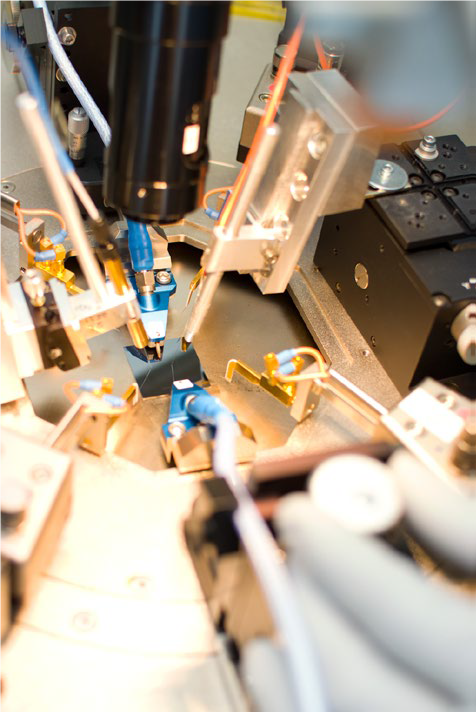One of the difficulties faced by researchers involved in innovative electronic devices is reliable material comparisons. Rheinisch-Westfälische Technische Hochschule Aachen University (RWTH Aachen University) Professor Max Lemme and contemporaries from Belgium, the USA, and China have recently suggested a set of unambiguous guidelines for gauging the main factors and performance metrics of upcoming field-effect transistors (FETs).

Image Credit: Aayam 4D/Shutterstock.com
The guidelines can be found in a Perspective Article in the journal Nature Electronics.
Research on FETs has long investigated the probability of substituting silicon as a channel material with upcoming nanomaterials such as graphene, carbon nanotubes, organic semiconductors, transition metal dichalcogenides, or ultrathin oxides.
The field is flourishing, and researchers continue to discover important facets of these materials. However, with regard to comparing the workings of various devices, there is frequently a lack of reliable reporting and assessment.
Assessing consistently the potential of new materials for novel transistors is difficult, because the performance depends on many aspects and details of the device structure, and many parameters are interdependent.
Professor Max Lemme, Chair of Electronic Devices, Rheinisch-Westfälische Technische Hochschule Aachen University
A further difficulty is incorporated into the domain by the interdisciplinarity of the scientific community, which includes chemists, electrical engineers, physicists, and materials scientists. The host of methods increases the challenge of reporting and measuring results reliably.
To resolve this issue, Lemme and contemporaries have set up a checklist of device factors to be reported and a list of suggested benchmarking plots to compare performance metrics and device parameters.

Measurements on a graphene-based FET in a probe station at AMO. Image Credit: AMO
Furthermore, they demonstrated a clear example of how to use the suggested procedure by using it in the case of FETs based on monolayer molybdenum disulfide (MoS2), which is one of the upcoming materials most researched in the last few years for transistor applications.
To identify the real advantages and opportunities offered by novel materials in the search for improved transistors, we need to be able to benchmark and report different devices in a consistent way. We also need to make sure that all relevant data are reported every time. We hope that our work will contribute to bring clarity in the community and guide the search for even better devices.
Professor Max Lemme, Chair of Electronic Devices, Rheinisch-Westfälische Technische Hochschule Aachen University
Journal Reference
Cheng, Z., et al. (2022) How to report and benchmark emerging field-effect transistors. Nature Electronics. doi.org/10.1038/s41928-022-00798-8.